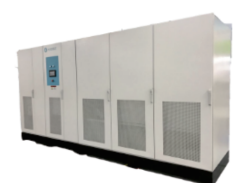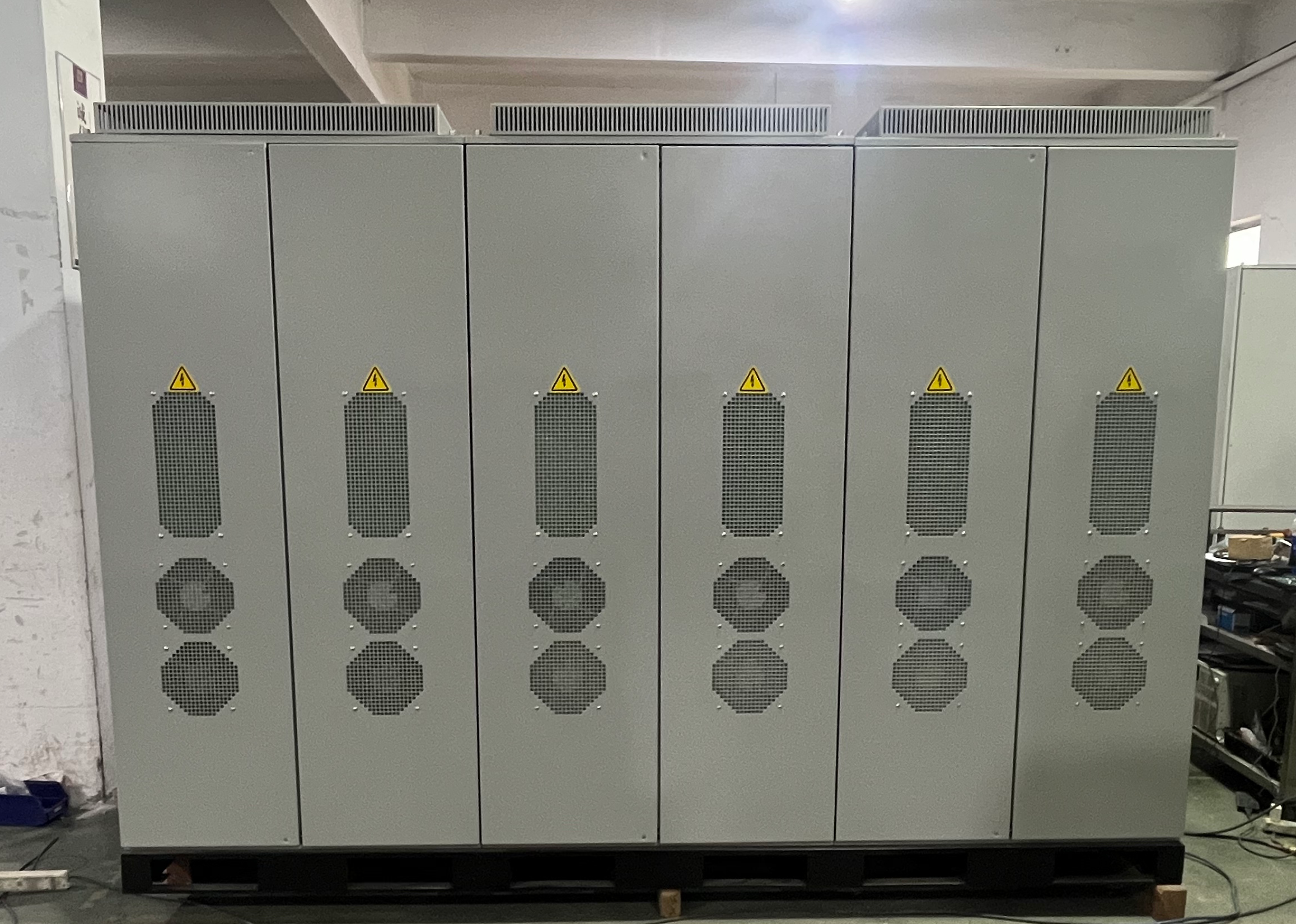current harmonics
Current harmonics represent a critical aspect of power quality analysis and electrical system management. These waveform distortions occur in electrical systems when non-linear loads draw current that deviates from the standard sinusoidal pattern. The technology behind current harmonics analysis has evolved significantly, incorporating advanced digital signal processing and real-time monitoring capabilities. Modern harmonic analyzers can detect, measure, and analyze multiple orders of harmonics simultaneously, providing comprehensive data for power quality assessment. The primary functions include continuous monitoring of power systems, identification of potential sources of distortion, and evaluation of compliance with international standards such as IEEE 519. In industrial applications, current harmonics analysis helps prevent equipment malfunction, reduce energy losses, and optimize system performance. The technology employs sophisticated algorithms to decompose complex waveforms into their fundamental and harmonic components, enabling precise measurement of Total Harmonic Distortion (THD). These systems are particularly vital in facilities with sensitive electronic equipment, renewable energy installations, and large industrial operations where power quality directly impacts operational efficiency and equipment longevity.




